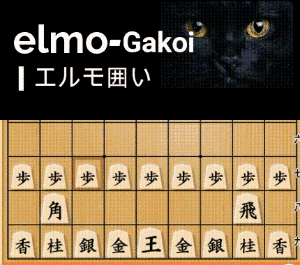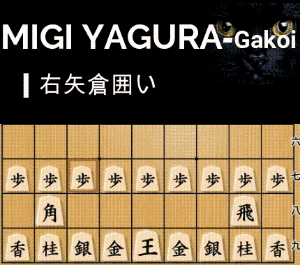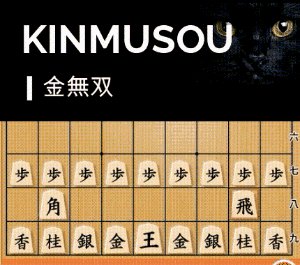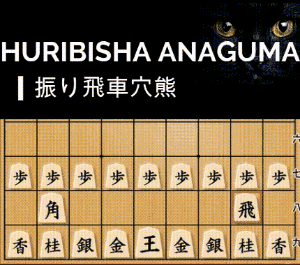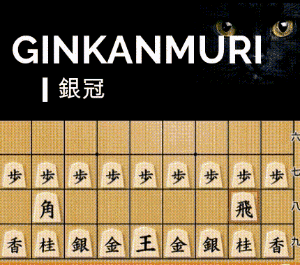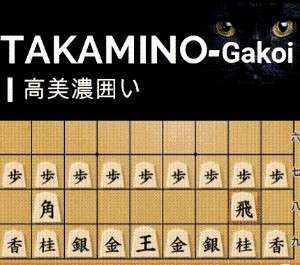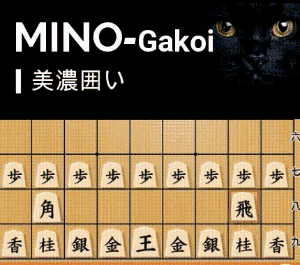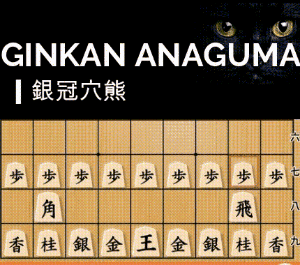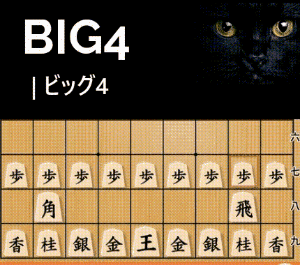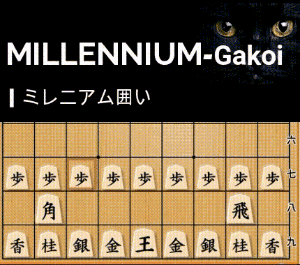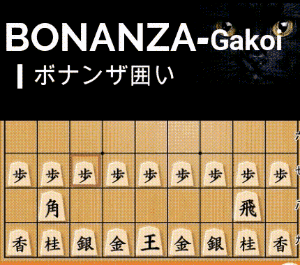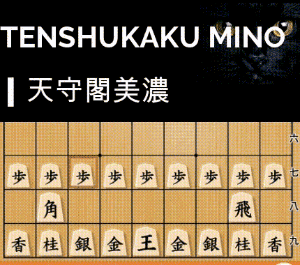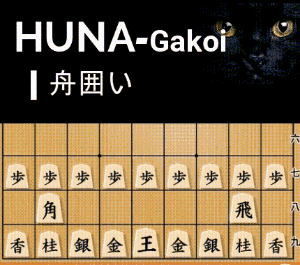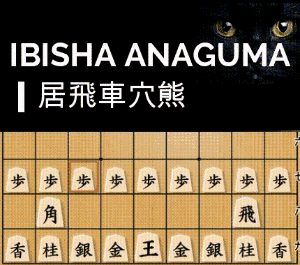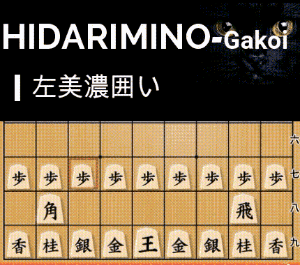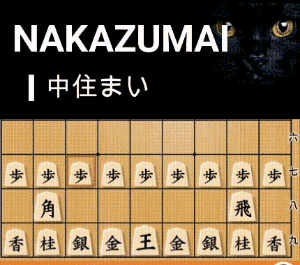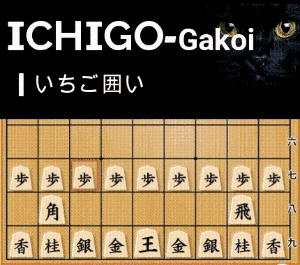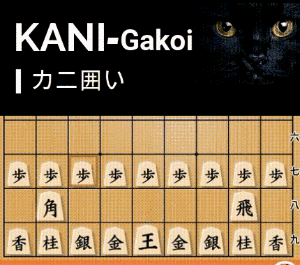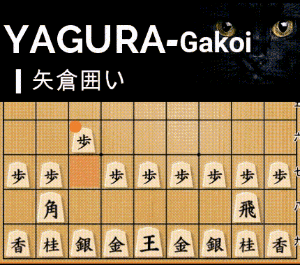Right Silver Rapid Attack to 4-6 – A Quick and Aggressive Counter to Ranging Rook
The Right Silver Rapid Attack to 4-6 (also known as the 5-7 Silver Attack) is an aggressive opening strategy in Static Rook (Ibisha) shogi. This rapid offense aims to seize the initiative early by advancing the right silver and breaking into the opponent’s camp. Let’s explore how to execute this attack against Ranging Rook (Furibisha) formations.
Setting Up the Right Silver Rapid Attack to 4-6 Against Ranging Rook
Let’s take a look at the initial moves for both players when you are using the Static Rook setup and your opponent plays the Ranging Rook.
- Opening: If your opponent closes the diagonal of their bishop early, they are likely setting up a Ranging Rook strategy, so it’s important to be prepared for that.
- Initial Positioning: Start by developing your silver (moving it forward), which is a safe move whether your opponent plays Static Rook or Ranging Rook. It’s a flexible opening that doesn’t lose any tempo.
- Opponent’s Setup: If your opponent sets up the Fourth File Rook, you can now move on to counter their strategy by setting up a solid defensive formation, like the Boat Castle, which is highly effective against the Ranging Rook.
The key idea behind the Right Silver Rapid Attack to 4-6 is to advance your right silver quickly (S), aiming to disrupt your opponent’s formation. This strategy is a variation of the famous Climbing Silver, also known as Diagonal Climbing Silver, where the silver moves diagonally forward rather than straight up.
In Climbing Silver attacks, you can choose to advance either the right or the left silver. Here, we’ll focus on using the right silver to break into the opponent’s position.
➡️ If you’re interested in how the Left Silver Attack works, check out this detailed guide: [here]
How to Execute the Left Silver Rapid Attack to 4-6
When your opponent places their silver at 4-3, the basic approach is to advance your silver to 4-6, followed by pushing your pawn to 3-5 to initiate the attack. Let’s take a look at the attacking sequence for Static Rook (Ibisha) in this scenario.
✅The Attack Succeeds if the Silver Reaches the 5th Rank
If you manage to advance your silver to the 5th rank, your attack is well on its way to success.
Let’s proceed further with the moves.
Your opponent tries to counter by pushing a pawn, aiming to drive your silver back.
However, the move ▲2-4 pawn is a strong response, continuing the attack.
Even if your opponent captures the pawn with △same pawn, you can still recapture with ▲same silver, maintaining a favorable position.
As shown in the diagram, even if your opponent captures your silver with △3-5 pawn, you can continue attacking with ▲2-3 pawn promotion, maintaining the advantage.
Your opponent may attempt to escape their bishop by playing △1-5 bishop, but you can then secure the bishop with ▲1-6 pawn.
Variation 2: If your opponent plays the 3-2 Silver formation
If your opponent places their silver at 3-2, a good strategy is to immediately sacrifice a pawn with ▲3-5 pawn.
This is a key move because if you delay by advancing your silver to 4-6 first, your opponent will likely play △4-5 pawn and push your silver back.
Additionally, your rook will be tied up on the 4th file, making it difficult to respond effectively.
After allowing your opponent to capture a pawn on the 3rd file, you can then advance your silver to 4-6, creating a diagonal threat.
This allows your silver to move freely and pressurize the opponent’s position.
Although your opponent may try to counter-attack by trading bishops, as long as your silver reaches the 5th rank, you’ll have control of the game and maintain the advantage.
The Role of Climbing Silver in This Strategy
💡 A Quick Overview of Climbing Silver
Climbing Silver is one of the fundamental attacking techniques in Static Rook shogi. It involves methodically advancing your silver forward, supported by pawns, to break into the opponent’s camp.
If you are new to Climbing Silver, check out our detailed guide to learn the core concepts and variations of this powerful attacking strategy.



